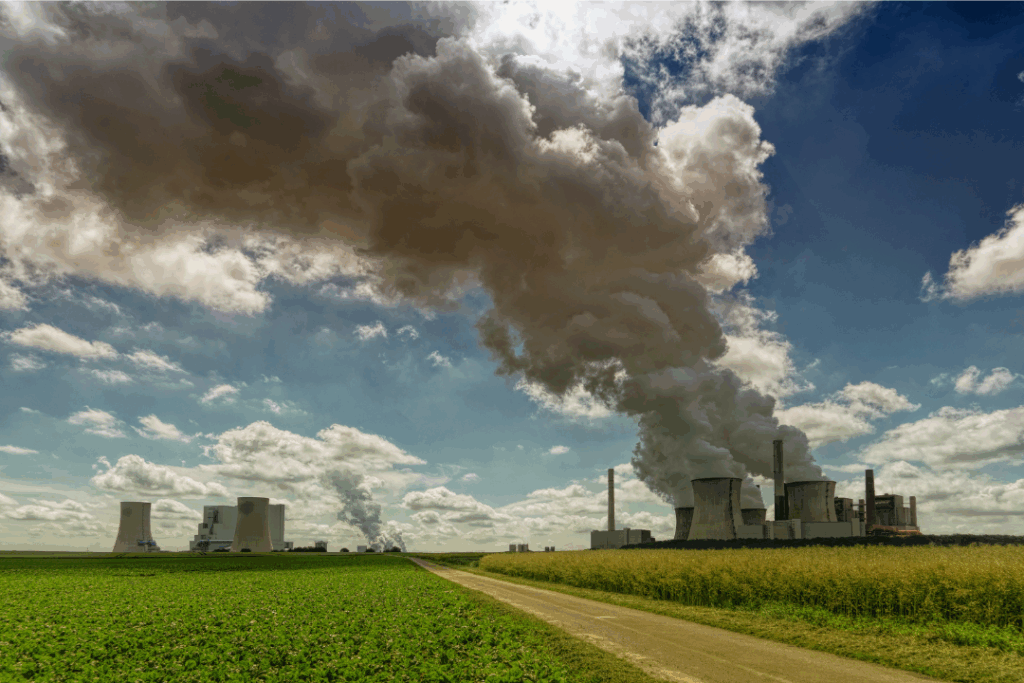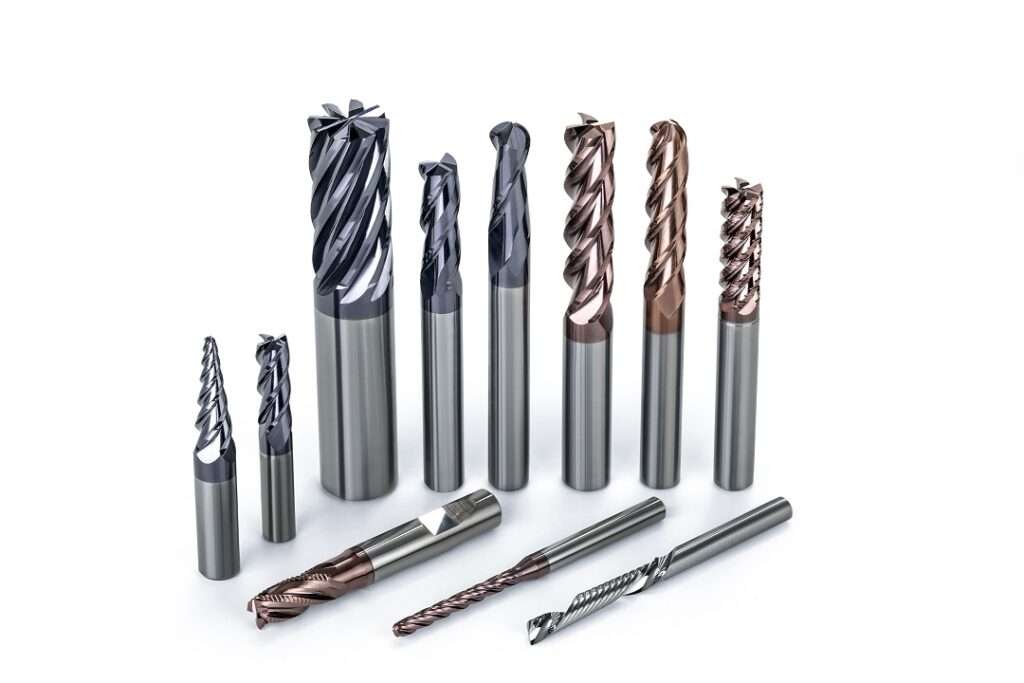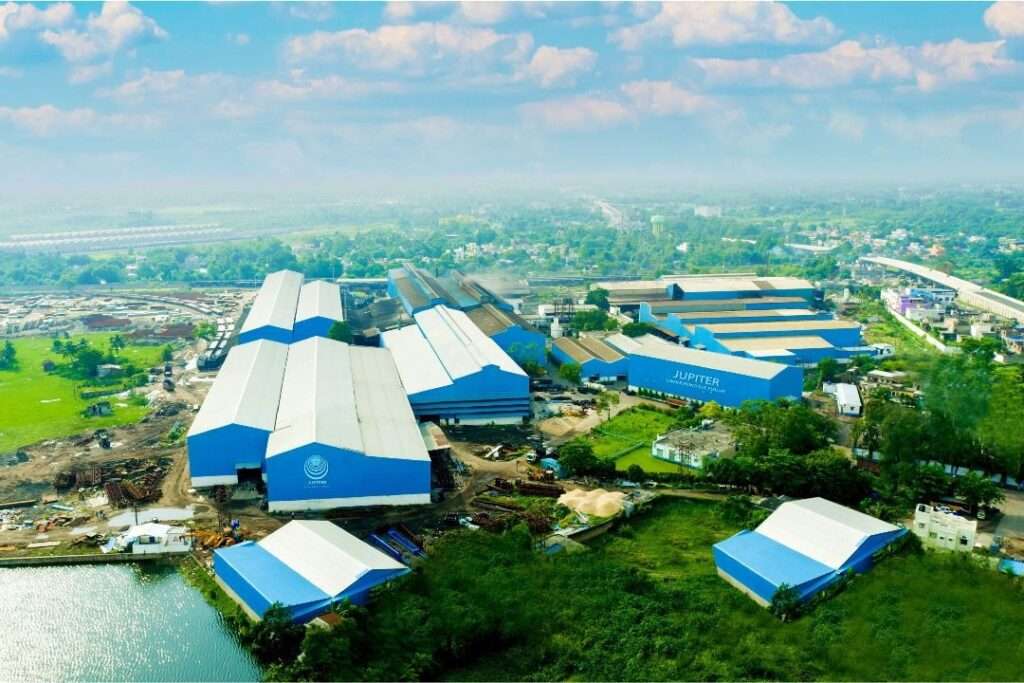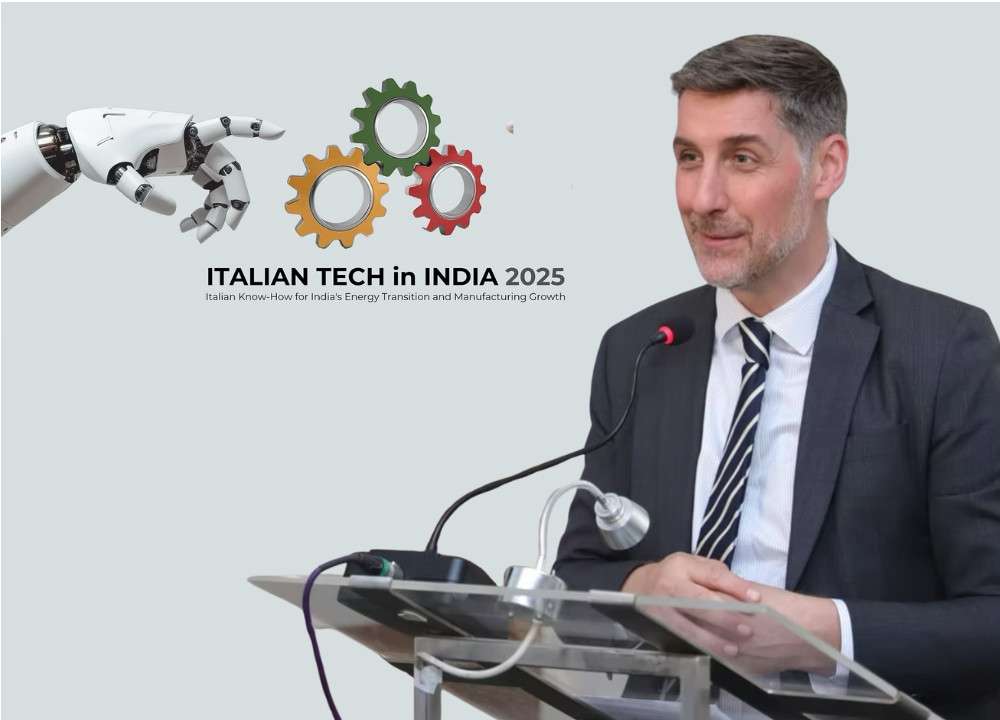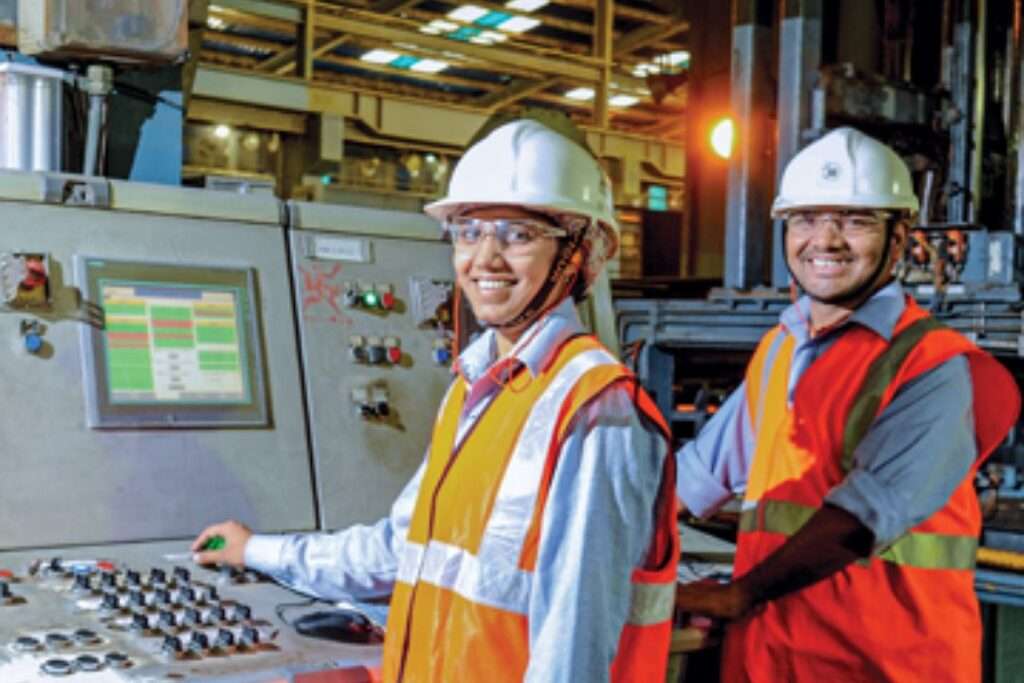India Railways has achieved a significant milestone by electrifying 95 percent of its extensive 68,000-kilometer track network, establishing itself as the largest green railway system globally. This achievement was highlighted by Mukul Saran Mathur, the Additional Member of the Railway Board, during a speech at the ASSOCHAM National Conference.
He noted that the Indian Railways system serves an impressive two crore passengers daily and recently ran over 5,000 special trains to support migrant workers. Mathur emphasized the Vande Bharat trains as a “flagship product” of India’s railway modernization, marking a pivotal step in the country’s efforts to upgrade its rail infrastructure.
During the conference, Mathur also disclosed that the Indian government has allocated a substantial budget of ₹85,000 crore for the expansion of the railway network in the 2023-24 fiscal year. This investment is part of a broader initiative to enhance various aspects of the railway system, including a more efficient ticket refund process, which has now been streamlined to just one or two business days.
The conference saw participation from several industry experts who underscored the critical role of railway modernization in driving India’s economic growth and achieving the vision of ‘Viksit Bharat’ or a developed India by 2047. Deepak Sharma, representing ASSOCHAM, emphasized that the modernization of railways is central to realizing India’s ambitious development goals, particularly in enhancing connectivity and fueling economic expansion.
Sanjay Bajpai, Co-chairman of the National Council on Logistics and Warehousing and Executive Director of the Container Corporation of India, highlighted the transformative potential of artificial intelligence (AI) and machine learning in the railway sector. He stressed the importance of achieving 100 percent cargo visibility and ensuring last-mile connectivity through the Gati Shakti plan, which aims to integrate and optimize the country’s logistics and transport infrastructure.
Animesh Gupta, a Decision Scientist at Goldratt Research Labs, USA, pointed out the existing technological and freight-related gaps within the railway sector. He emphasized the need to increase the rail freight share to 40 percent to meet growing demands and reduce the environmental impact of railway operations. Gupta also underscored the importance of securing digital solutions against cyber threats to protect the railway system’s critical infrastructure.
Manish Puri from ACTO and Moonish Ghuge of ABB India Ltd added to the discourse by discussing the significance of modern safety measures and infrastructure upgrades to accommodate rising trade volumes and ensure passenger safety. Their discussions highlighted the necessity for transparency, reliability, and the effective implementation of cutting-edge technological solutions in the ongoing transformation of India’s railways.
In his remarks, Mathur acknowledged the challenges faced by Indian Railways in recent times, noting the successful operation of over 5,000 special trains to transport migrants as a testament to the system’s resilience. He reiterated that the modernization of the railway network is a cornerstone of India’s journey toward becoming a developed nation by 2047, with the Vande Bharat trains standing out as a symbol of this transformative journey.
The collective insights shared at the conference reaffirmed the integral role of the railway sector in India’s development strategy, emphasizing that a modern, efficient, and environmentally sustainable railway system is essential for achieving the nation’s long-term economic and developmental goals.



